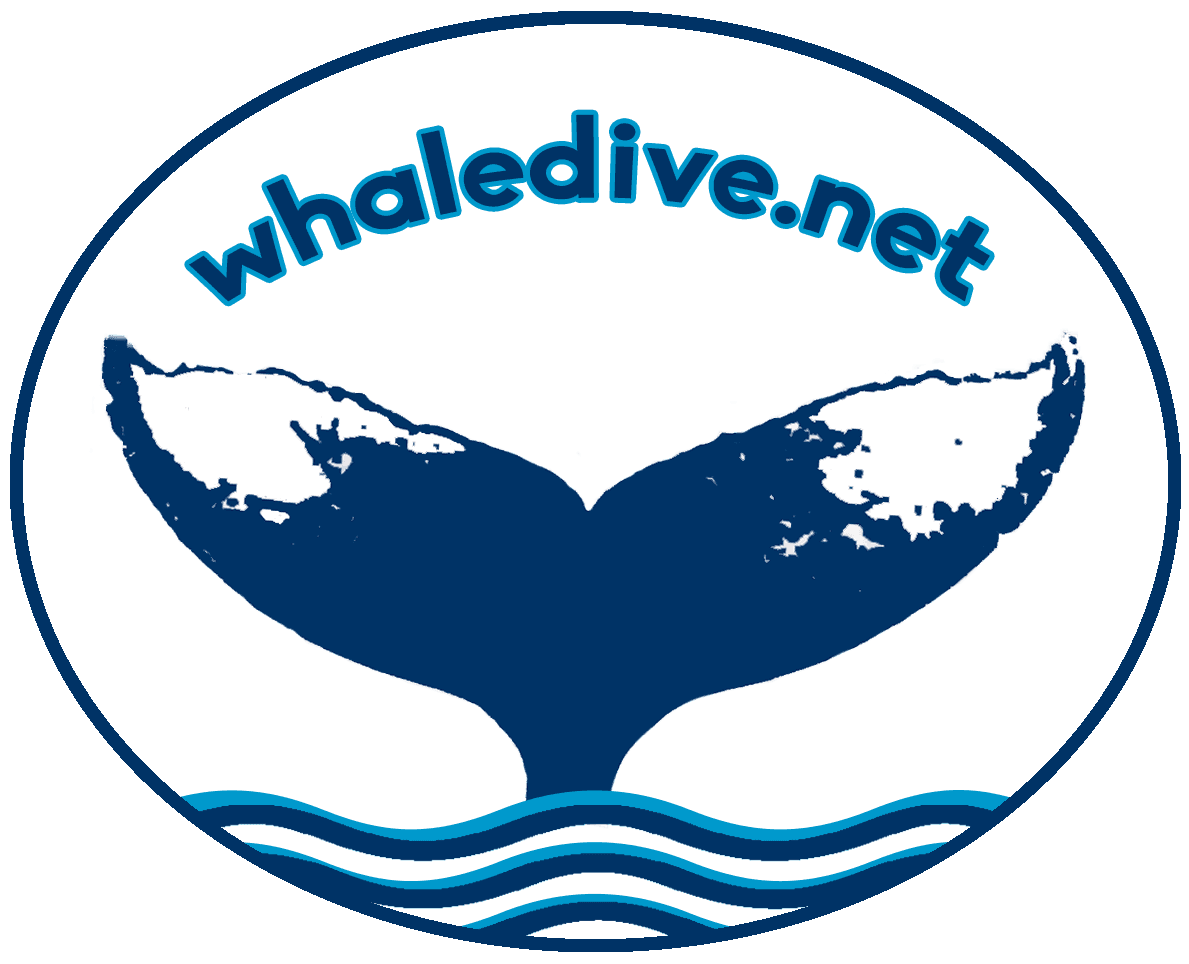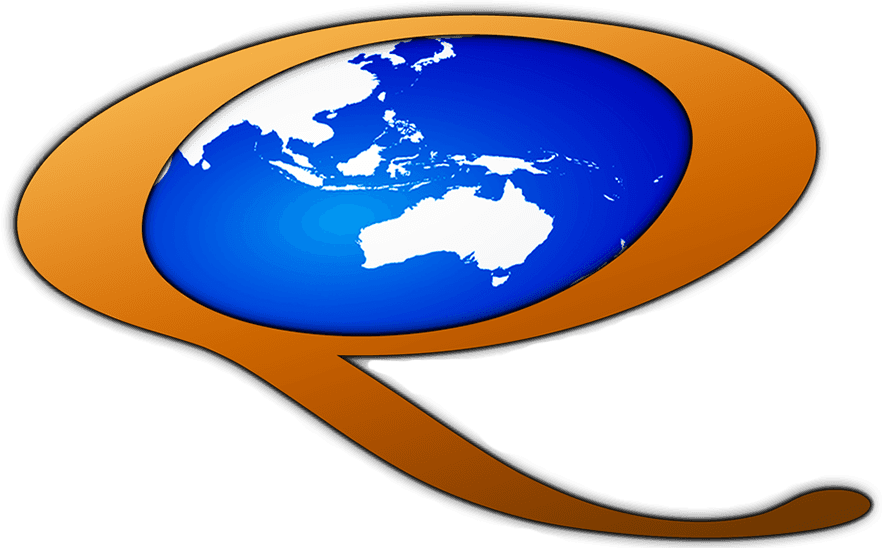2004
Snorkelling with Humpback Whales in Vava’u – Tonga
By: Ron Hunter of Dive Forster at Fisherman’s Wharf
During September 2004 four groups of divers and snorkellers travelled with Dive Forster at Fisherman’s Wharf to Vava’u, the northernmost group of islands of the Tonga archipelago. We were once again setting out on one life’s greatest adventures, the opportunity to snorkel with the Humpback Whales that migrate to Vava’u during this period.
Vava’u boast superb SCUBA diving with the bluest, clearest water found anywhere on Planet Ocean. This water wells up from the Vitayez Deep, part of the Tonga Trench, with a depth of 10888 metres this is the second deepest part of our oceans. Caves, walls and drop-offs all in 25C – 26C temperature water are the recipe for great diving and then add to this the opportunity to swim with the Humpback Whales, makes Vava’u a must visit, every year, location.
The Humpback Whales migrate from Antarctica, arriving in Vava’u during June through July. The “family” of Humpbacks that arrive in Vava’u each year numbers around four hundred. The scores of islands that make up Vava’u are the perfect destination for the Humpback Whales to undertake their annual migration to. It is here that every second year (ideally) they give birth to their calves. The quiet, sheltered waters provide a safe environment to nurture their young until they are strong enough to make the arduous journey back to Antarctica.
Once these calves are twelve months old and have returned to Vava’u from Antarctica, the mothers become fertile and will accept an ever ready male as a mate. The gestation period is twelve months and the mother will now have weaned her two-year-old calf, driving the adolescent away from her so that she can give birth and protect her new baby, and so the cycle continues.
Dive Forster at Fisherman’s Wharf in addition to conducting Scuba diving at the world famous locations of Forster and Seal Rocks, has for the last twenty years out of Forster operated the only licensed “Swim with the Dolphins” cruises on the East Coast of Australia.
And in season has conducted Whale Watching cruises offshore during the annual migrations.
Twenty years of experience, interacting with and learning about cetaceans, whales and dolphins, has put us at the forefront of experts on the lives and behaviour of these marine mammals.
This expertise has translated to our travels to Vava’u where we are now aiding the local operators in conducting their “Swim with the Humpback Whales” tours.
People who choose to travel with us to Vava’u are treated to the best information about, and opportunities and experiences with the Humpback Whales possible.
A number of travellers from our expeditions to Vava’u in 2002 and 2003 were travelling with us again, following on the absolutely fantastic experiences that they had enjoyed over the last two “whale seasons”. Another thirty-two adventurers who had heard about our experiences in 2002 and 2003 joined us on the tours.
We were not to be disappointed in 2004. Each day that we went out to swim with the whales was entirely different and special. Some days were certainly better than others, but each day in its’ way was memorable. Each week of the four weeks we spent in Vava’u we enjoyed at least one absolutely unique interaction with the whales. Each week the groups enthused about how “it couldn’t be better than that”. And each week it wasn’t “better” just totally unique and amazing on each occasion.
Our first group spent three full days out with the Whales and their “special” day was to be when a reasonably mature Humpback calf that was with his mother swam up to the group, whilst mum remained stationary about 15 metres below. He then proceeded to swim circles in and around the groups of five snorkellers as each took their turn. The groups of snorkellers were lying stationary in the water and the adolescent Humpback finely honed his swimming skills by getting as close as he could to his newly found “playthings” occasionally brushing people with his pectoral fins as he passed. He delighted the snorkellers by doing barrel rolls, twisting and turning much to the annoyance of his attendant Remoras whom were just trying to hang on. This interacting was entirely of the Humpbacks own doing out of curiosity and his antics were a celebration of his joy of life.
During our second week we had two days snorkelling with mums and calves. These were close but generally fairly fleeting encounters as the whales were now in threes and fours. Male and female “escorts” were accompanying the mums and calves and these escorts tend to keep the pod of whales moving along.
We also came upon a mother Humpback with a newly born calf in close attendance. This calf, we believe, was born the preceding night. The calf was very pale all over, not coloured up at all, it’s dorsal fin was also very soft and hanging over to one side. We stood off well away from the pair and marveled at this new life in Planet Ocean. We spent around one hour with this pair before moving slowly away leaving them undisturbed and in peace.
On our third time out with the whales we were to experience one of those special encounters. We came upon a solitary, adolescent, about three-quarters grown who fell in love with our boat. He swam right up to the boat as we were getting ready to get in the water with him, he was so close that the first of our snorkellers, David, was unable to get into the water as he would have stepped onto the Whales back had he proceeded.
The Whale moved a little away from the boat and we quietly slipped into the water with him. He then proceeded to swim right up to us head-on, to within two metres away. This was a “puckering moment”, to have a thirty tonne Whale curiously swimming up to you, then ever so carefully proceeding to swim up to and around each one of the other snorkellers, not brushing anyone, but oh so close. We remained stationary in the water for around half an hour whilst the Whale checked us out before he finally slowly swam away into the blue. Wow, what an experience!
Two days later we came upon a mother Humpback and her calf in company with a male escort. We snorkelled with this group on and off for two hours, sometimes they were stationary but mostly they were moving oh so slowly down a pass between two big islands. After around two hours of being in the water with them, the calf decided to start breaching, mum and the escort also breached a few times and went about tail lobbing, tail and pectoral slapping and generally putting on a great display. The noise generated by the pectoral fin slapping was akin to a dozen whips being cracked all at once.
All the while the calf continued to breach, occasionally miss-cueing and breaching right onto the top of his mum. This breaching by the calf continued for over two hours non-stop. The energy he displayed was absolutely amazing. Great photographic opportunities were made even better by one of the other Whale Watch boats, a yacht with red sails, sailing a parallel course to us with the Whales breaching between the two vessels.
Whalesong is heard on most SCUBA dives in Vava’u, especially on the walls facing the open ocean where it was our constant companion. On one SCUBA dive, as we drifted along the superb vertical wall at “White Patch”, the whalesong was so loud it was literally vibrating our bodies. We were all gazing out into the blue water beyond the wall expecting the Whales to appear at any moment, and it was then someone glanced up, alerted by a shadow passing over, to see two adult Humpback Whales swimming around fifteen metres above us.

Paul Cooper Photography

